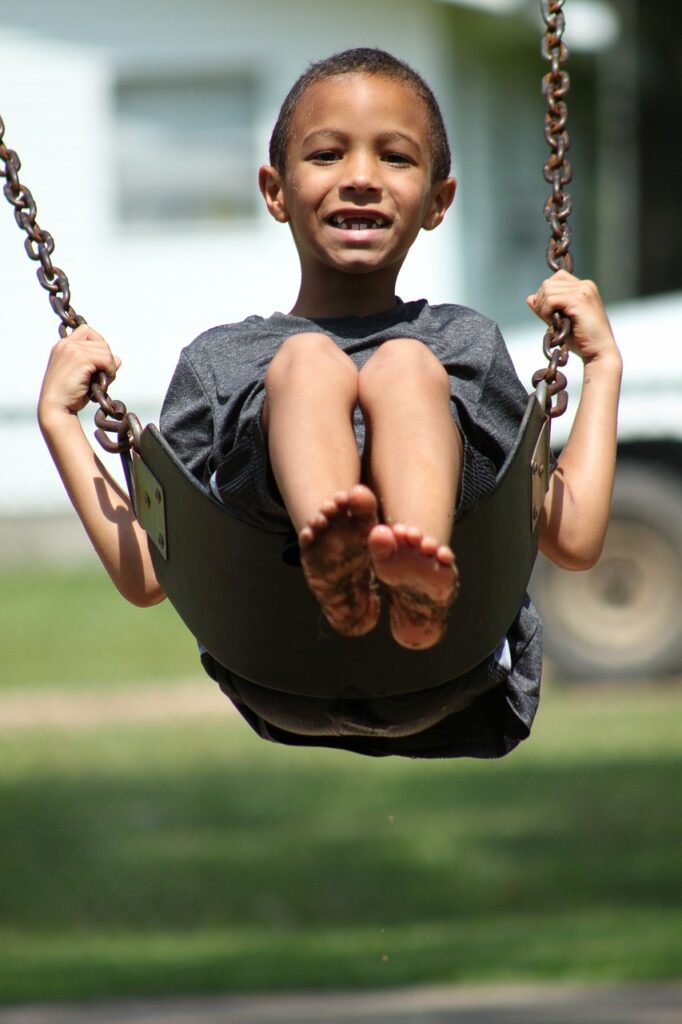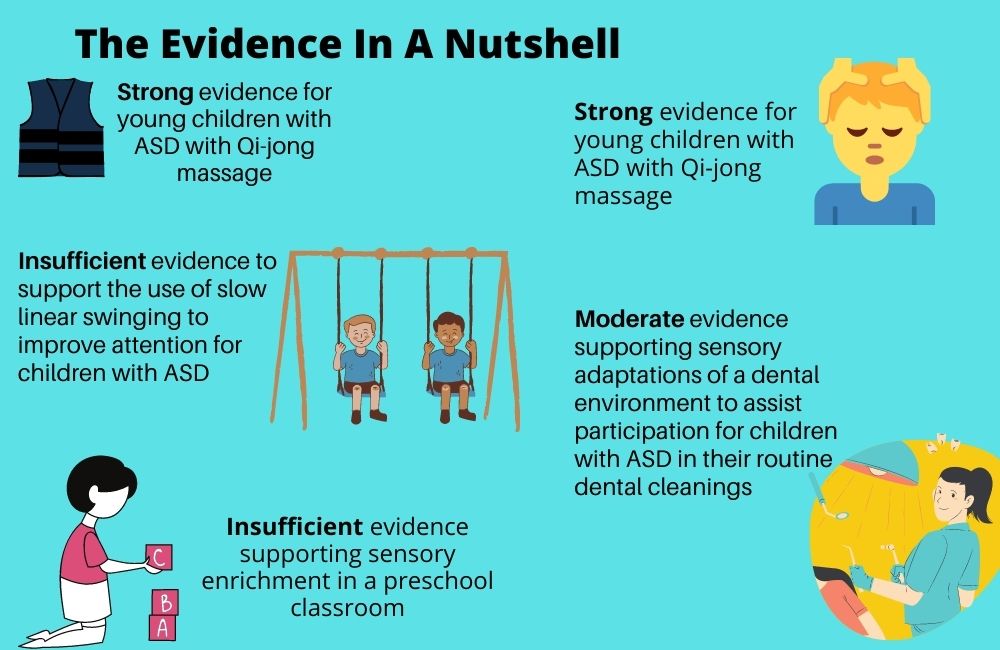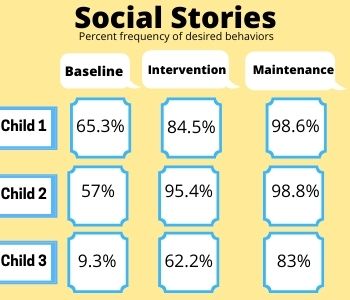
Mindfulness has been a buzz word for I would say the past four years or so in education. Maybe in society at large also, but it seems it’s really made itself known in how it might help the young minds we help to educate. Kids have always needed adults to model and teach how to process the sometimes overwhelming world. However, in today’s society where technology is king, one has to be more and more intentional to be truly connected to what is going on in your life.
I really loved this article because I think it highlights the importance and connection of mindfulness on self-regulation. As an OT I often approach self-regulation by addressing sensory processing deficits with sensory input or modifications to the environment. However, I also love bringing children’s awareness to situations, triggers and reactions and teaching them tools they can use to help in those situations.
Also…I’m really interested in one of the assessment measures they used. It’s called the Head-Toes-Knees-Shoulders and is used to assess controlling and directing actions, inhibitory control, paying attention and remembering instructions! If I were working right now, especially in the schools, I would definitely be looking into this.
Journal Journal of Child and Family Studies (SNIP 1.061)
Article Title Effects of a Mindfulness-Based Program on Young Children’s Self-Regulation, Prosocial Behavior and Hyperactivity
- 1A Systematic review of homogeneous RCTs
- 1B Well-designed individual RCT
- 2A Systematic review of cohort studies
- 2B Individual prospective cohort study, low quality RCT, ecological studies; and two-group, non-randomized studies
- 3A Systematic review of case control studies
- 3B Individual retrospective case-control studies; one-group, non-randomized pre-post test study; cohort studies
- 4 Case series (and low-quality cohort and case control study) [This study was a cross-sectional study]
- 5 Expert opinion without explicit critical appraisal
Methods Investigators assigned 127 children aged 4-6 in eight kindergarten classrooms from Toronto public schools to either a control or intervention group. The primary researcher implemented the training program for all classrooms as she was trained in the specific program used in this study. It is the Mindful Schools program.
Intervention
Children in the intervention group participated three times a week in twenty minute lessons for a period of six weeks. Some components of this particular mindfulness program included children practicing external and internal mindful awareness practices and lessons in “heartfulness”(Viglas, M. & Perlman, M. p. 1153, 2018). To conclude the session, children wrote or drew about the new practice they learned in their “Mindfulness Journal.” In addition, investigators encouraged children to practice these skills and teach them to their family. Children were invited to share about those experiences at the start of the subsequent session.
Measures To measure controlling and directing actions, inhibitory control, paying attention and remembering instructions, researchers assessed children with the Head-Toes-Knees-Shoulders (HTKS).
Teachers filled out the Strengths and Difficulties Questionnaire as a means to assess children’s prosocial and hyperactive behaviors. The five subscales are Prosocial Behavior, Hyperactivity, Conduct Problems, Emotional Symptoms and Peer Problems.
These items were measured before the intervention began and once the six week program had finished.
Findings
After the intervention was complete, students who participated in the Mindful Schools program showed better self-regulation skills than those in the control group per results of the HTKS.
Children in the mindfulness group also demonstrated significantly better scores in the Prosocial and Hyperactivity subcales on the Strengths and Difficulties Questionnaire when compared to peers in the control group. Researchers detected no significant difference between groups for the subscales for Conduct Problems, Emotional Symptoms and Peer Problems.
When researchers compared children’s scores from the first to second assessment using the HTKS, they found those who had lower self-regulation at the start had significantly more gains and benefited to a higher degree from the mindfulness interventions than those with higher scores on the HTKS during the first data collection.
Similarly, change in scores from before to after intervention of the teacher completed questionnaire indicated that those with higher scores for hyperactivity and lower scores for prosocial subscales before treatment benefited significantly more from mindfulness training than peers with opposite scores (higher prosocial and lower hyperactivity) before the program began.
Things to Consider
When I select articles, I make an effort to look into interventions that are relevant to OT practice. A limitation as an OT in applying this research is that this study assessed a specific program. In order to be truly confident of generalizing the findings here, you would have to use this same program.
Also, the program is structured in a way that seems to provide treatment on a group level. In this study, the same interventionist visited classrooms three times a week. I know that isn’t possible for you and your school caseload.
However, I’m taking this information as evidence that a structured program/curriculum on mindfulness can demonstrate significant and positive results for self-regulation. I’ll continue to research into mindfulness programs and will definitely share if I find one geared more toward a one on one approach to increase its generalizability to OT sessions.
Reference
Viglas, M. & Perlman, M. (2018). Effects of a Mindfulness-Based Program on Young Children’s Self-Regulation, Prosocial Behavior and Hyperactivity. Journal of Child and Family Studies (27) 1150–1161. https://doi.org/10.1007/s10826-017-0971-6






